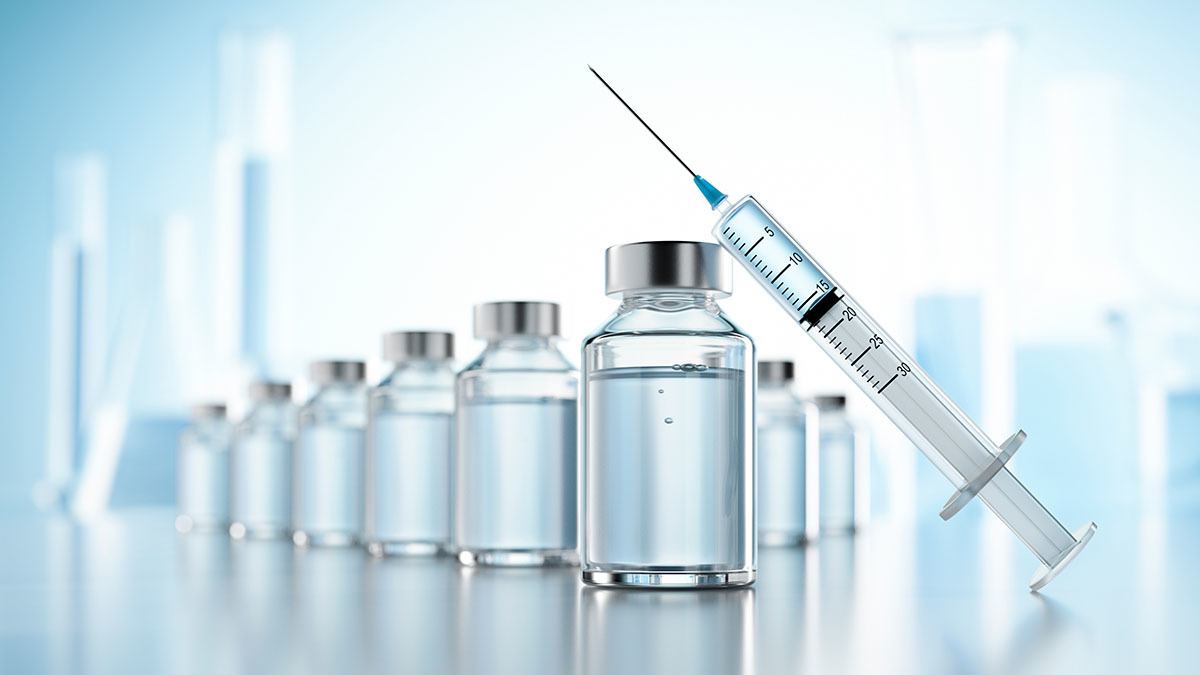USP Capillary Electrophoresis Extractables Testing
The USP (United States Pharmacopeia) Capillary Electrophoresis (CE) method for Extractables and Leachables testing is a critical quality assurance tool used by pharmaceutical manufacturers to ensure the safety, efficacy, and integrity of their products. This method is particularly important in the evaluation of drug product containers and packaging materials.
Extractables are defined as substances that migrate into the drug product or excipient during processing, storage, or use. Leachables, on the other hand, are substances that may leach from the container closure system (CCS) into the drug product under normal conditions of use and/or storage. The USP provides specific methods for identifying, quantifying, and characterizing these compounds to ensure they do not pose a risk to patient safety.
The Capillary Electrophoresis method is chosen for its high resolution and sensitivity. This allows for the detection and identification of even trace amounts of potential contaminants. The process involves several steps: sample preparation, injection into the capillary column, separation based on molecular size, charge, and polarity, followed by detection using UV or other suitable detectors.
The USP method is particularly stringent in its acceptance criteria. It requires that all extractables be identified and quantified according to the relevant chapters of the USP monographs. This includes ensuring that no compounds exceeding specified limits are present in the drug product. Compliance with these standards is essential for maintaining high quality and regulatory compliance.
For pharmaceutical companies, this testing process ensures that their products meet stringent quality standards set by regulatory bodies like the FDA (Food and Drug Administration) and EMA (European Medicines Agency). It also helps in identifying potential issues early in the development process, thereby reducing costly recalls and ensuring patient safety.
Given the complexity of modern pharmaceutical formulations and packaging materials, USP Capillary Electrophoresis testing is indispensable. It provides a comprehensive overview of extractables and leachables, offering insights into the interaction between drug products and their containers. This information is crucial for optimizing formulation design and ensuring long-term stability.
Why It Matters
- Ensures patient safety by identifying potentially harmful substances.
- Aids in the optimization of drug product formulations.
- Facilitates compliance with international regulatory standards.
- Supports the development and validation of new products.
The importance of this testing cannot be overstated, especially given the diverse range of materials used in pharmaceutical packaging. From glass vials to rubber stoppers, each component can potentially introduce extractables or leachables into the drug product. By conducting thorough USP Capillary Electrophoresis tests, manufacturers can mitigate risks and ensure that their products meet the highest quality standards.
Moreover, this testing helps in understanding the interaction between the drug substance and its container closure system. This knowledge is vital for ensuring long-term stability and efficacy of the product. The results from these tests are often used to inform decisions about material selection, processing conditions, and packaging design.
Quality and Reliability Assurance
- Compliance with USP monograph requirements for extractables and leachables.
- Use of high-resolution capillary electrophoresis instrumentation for precise analysis.
- Stringent quality control measures throughout the testing process.
The reliability of these tests is paramount, as they form a critical part of the overall quality assurance program. To ensure accuracy and consistency, laboratories must adhere strictly to USP guidelines and international standards such as ISO 17025 for calibration and validation of instruments.
Quality control measures include regular calibration of equipment, standardization of sample preparation protocols, and adherence to strict operating procedures. These steps help in maintaining the integrity and reproducibility of results. Additionally, laboratories must participate in proficiency testing programs organized by bodies like A2LA (Accredited Laboratory Association) or ISO/IEC 17043.
The reliability of USP Capillary Electrophoresis tests is further enhanced through the use of advanced instrumentation and software tools. These tools provide real-time data analysis, ensuring that results are accurate and can be readily interpreted by quality assurance teams.
Use Cases and Application Examples
| Product Type | Testing Parameters | Expected Outcomes |
|---|---|---|
| Bioactive Drug Products | Detection of extractables from packaging materials. | Identification and quantification of potential contaminants. |
| Oral Solid Dosage Forms | Analysis of leachables from plastic containers. | Evaluation of compatibility between active ingredients and container materials. |
| Injectable Products | Determination of extractables from glass vials and stoppers. | Assessment of the safety profile of injectable products. |
- Bioactive drug products require thorough testing to ensure that no harmful substances are introduced during storage or use.
- Oral solid dosage forms need to be tested for compatibility between the active ingredients and their packaging materials.
- Injectable products must undergo rigorous testing to assess the safety profile of these products, especially when they come into contact with glass vials and stoppers.





